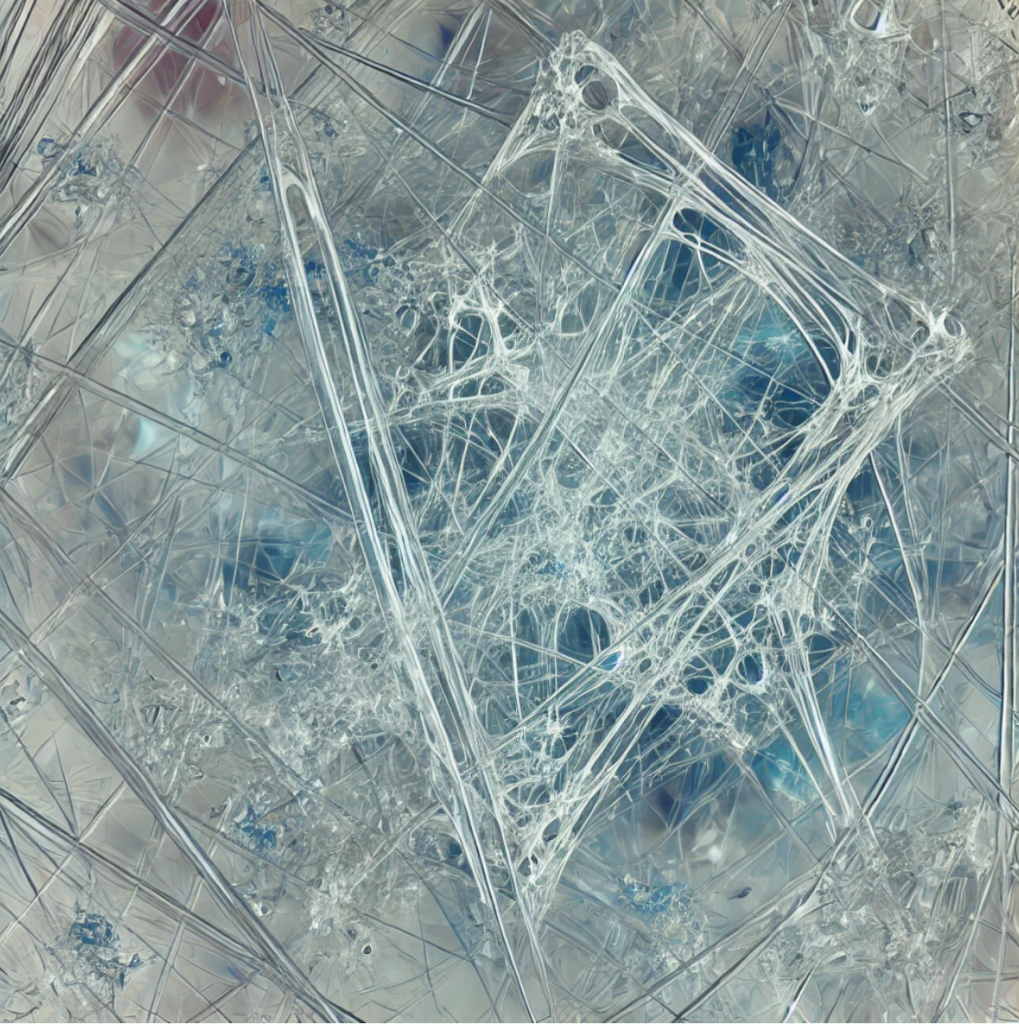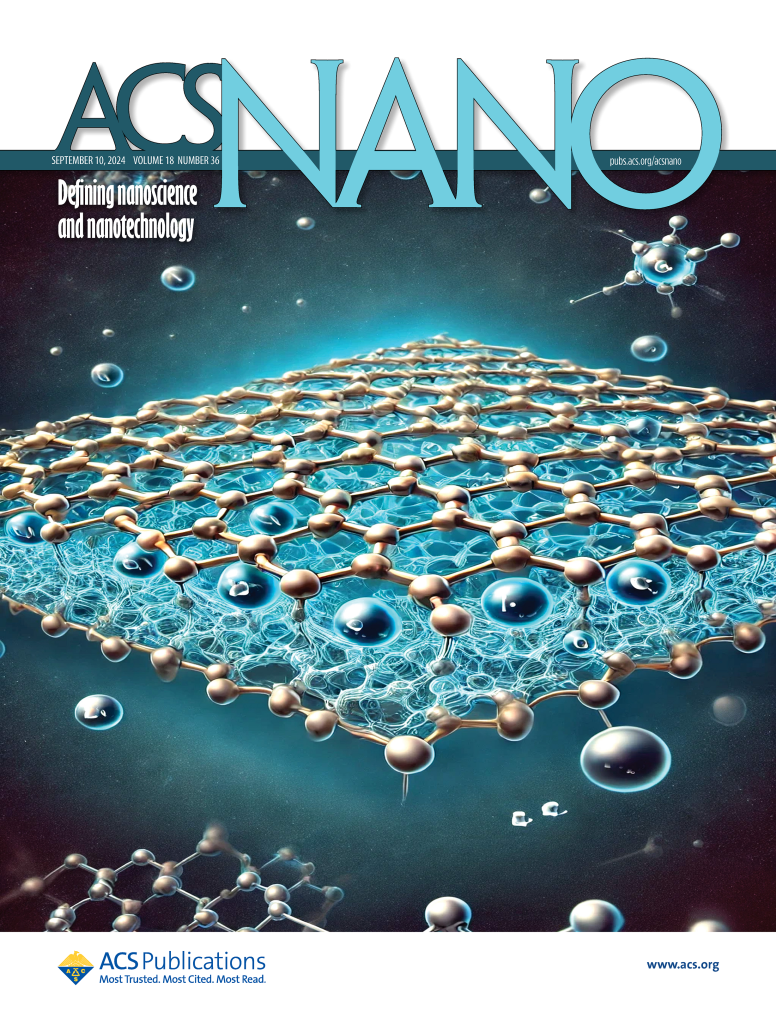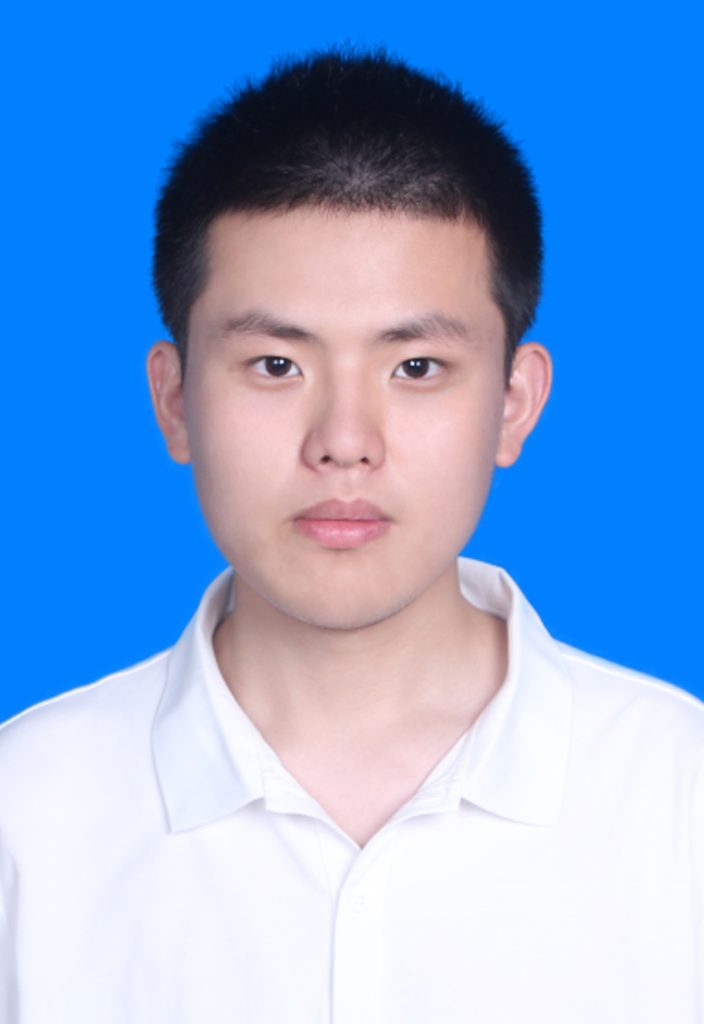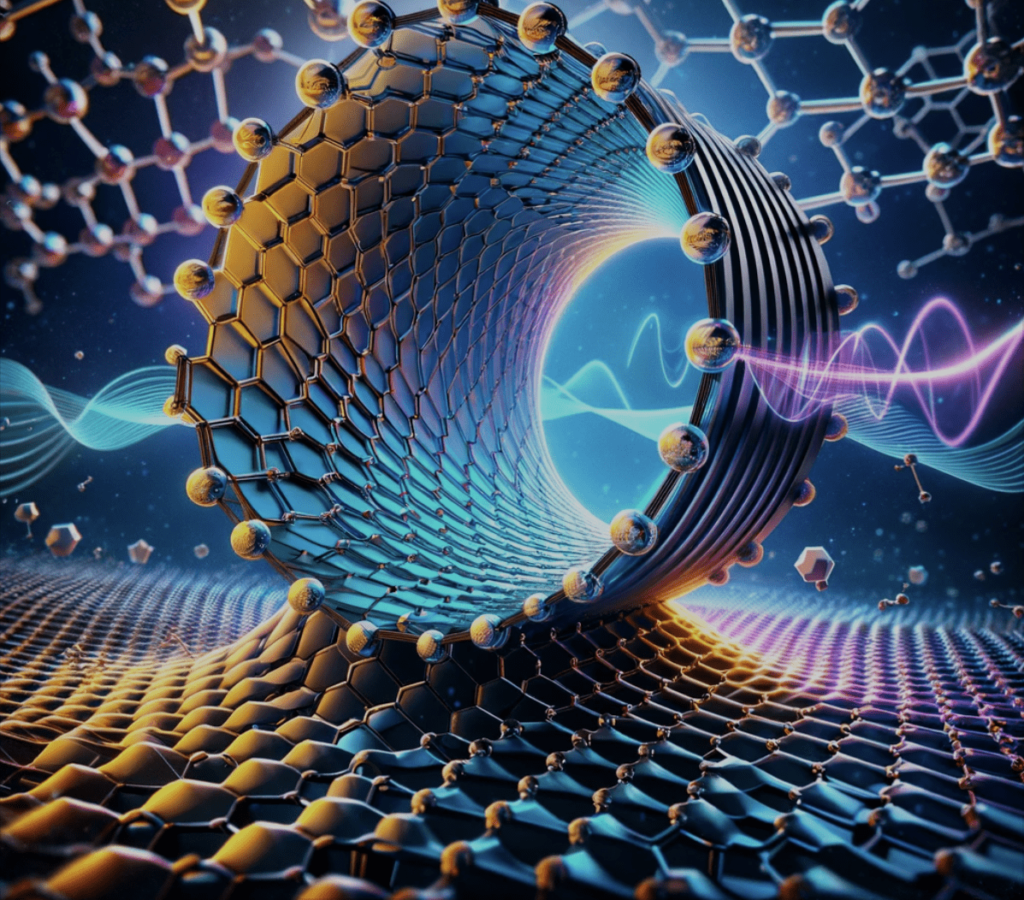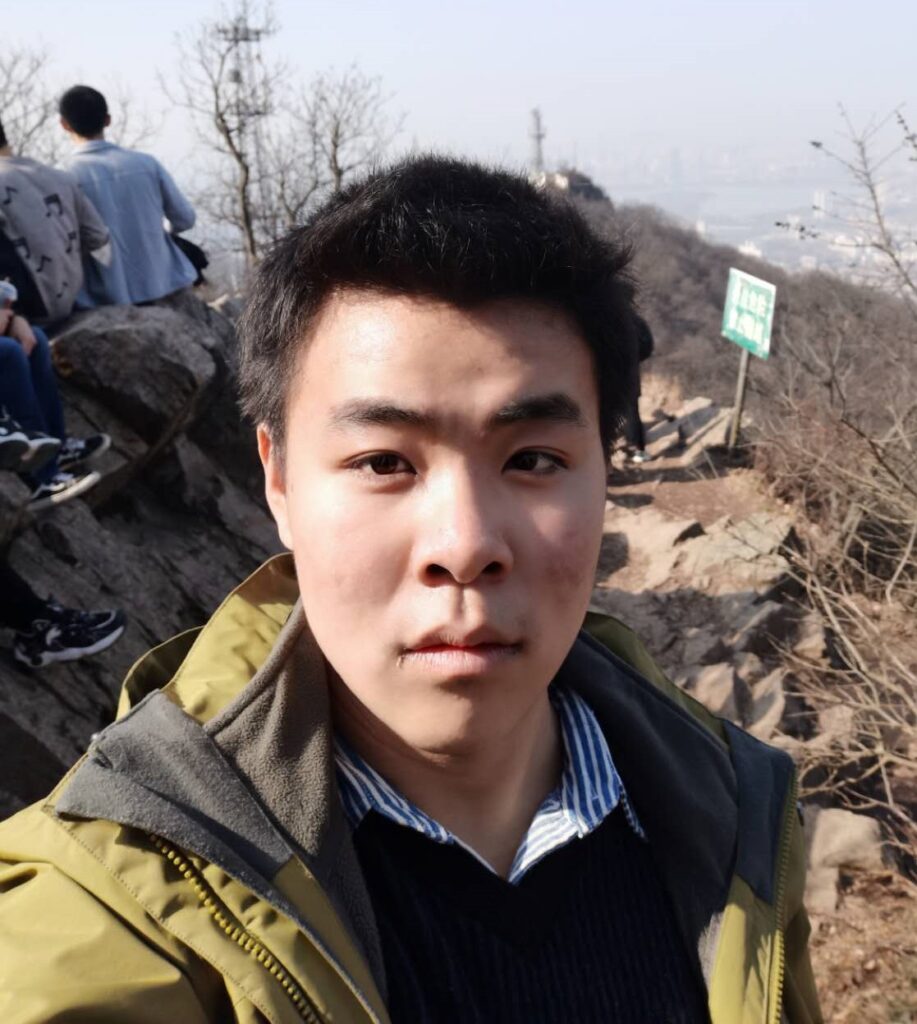What Really Stops Fluids from Flowing? The atomistic mechanisms behind fluid viscosity
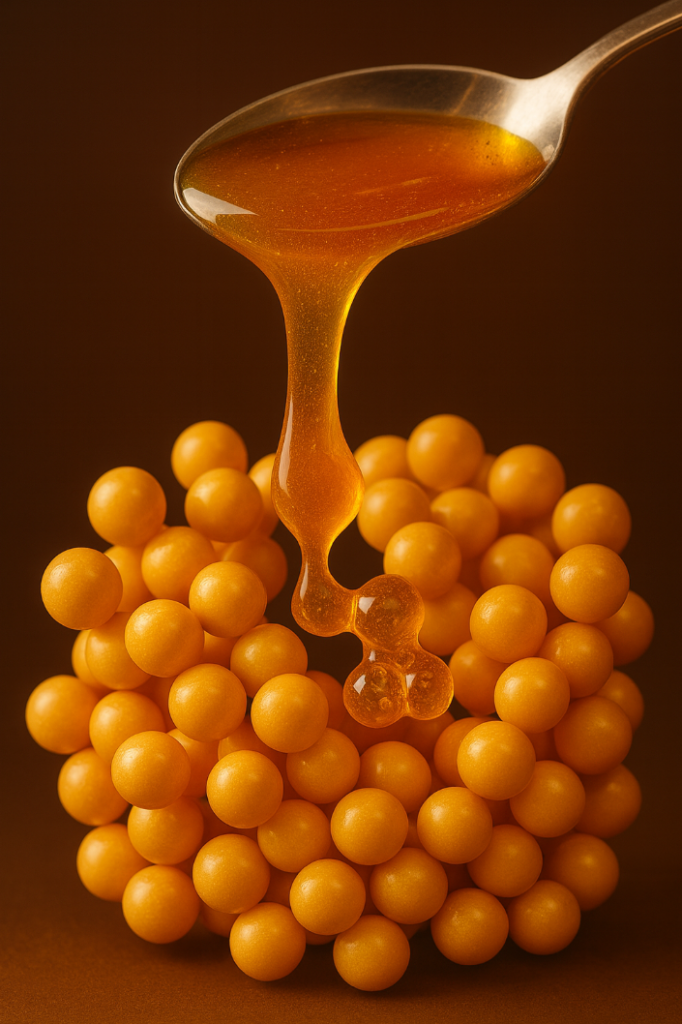
A visual representation of viscosity and its atomistic origin
We’ve all seen it in our kitchens: honey creeps down a spoon in slow motion, while milk pours freely from a jug. The secret behind this difference is something physicists call viscosity, a fancy word for how much a fluid resists flowing. Thick, sticky liquids like honey have high viscosity because their molecules rub and snag against each other, while runny liquids like water or milk slip past with ease.
Viscosity isn’t just about breakfast ingredients, it matters for how lava flows, how engines are lubricated, and even how glass is made. Yet, despite being everywhere, scientists still don’t fully know what’s happening deep down at the atomic level. What tiny molecular motions create this internal “friction”? And can we predict how viscous a liquid will be just by looking at how its atoms jiggle around?
These deceptively simple questions have puzzled researchers for more than a century, and they’re still chasing the answer today.
In a recent Nature Communications article, Matteo Baggioli (Shanghai Jiao Tong University) together with Yan Feng (Soochow University, Suzhou), Dong Huang (Soochow University, Suzhou), Shaoyu Lu (Soochow University, Suzhou), and Chen Liang (Soochow University, Suzhou), unveiled the atomic-scale dynamics that underpin viscosity in two-dimensional fluids. Building on the idea that viscosity is tied to the average time an atom loses or gains a neighbor, the authors derived a simple analytical formula expressed solely in terms of microscopic quantities.
Remarkably, this prediction matches simulation results across three distinct systems with different interatomic potentials. The derived expression establishes a direct bridge between macroscopic flow at large scales and the microscopic dynamics of individual atoms. It also offers a precise definition of the characteristic timescale for atomic rearrangements in liquids, thus identifying the length scale below which liquids retain elastic behavior.
In essence, this study reveals how friction in fluids emerges from atomic motion, shedding light on fundamental mechanisms while opening a pathway for predictive modeling and potential control of viscosity.
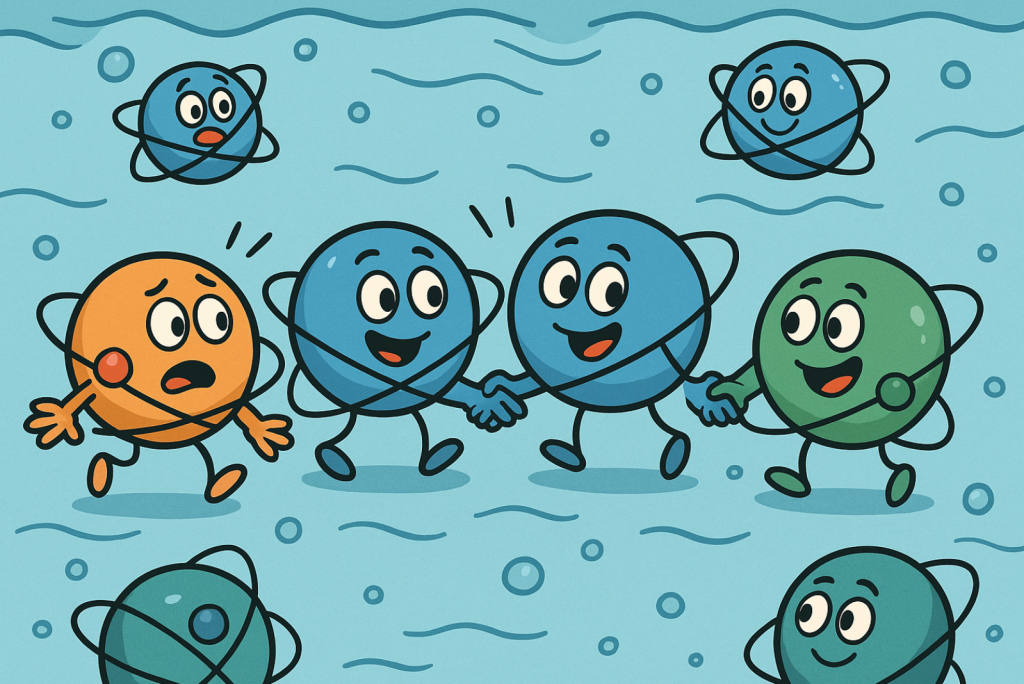
This study reveals that viscosity is governed at the microscopic level by the atomic mechanism of losing or gaining neighbors
This work is published in Nat Commun 16, 10171 (2025): Atomistic mechanisms of viscosity in 2D liquid-like fluids | Nature Communications
A Behind the Paper article is also available at When Fluids Race: Why Honey Crawls and Water Runs | Research Communities by Springer Nature



